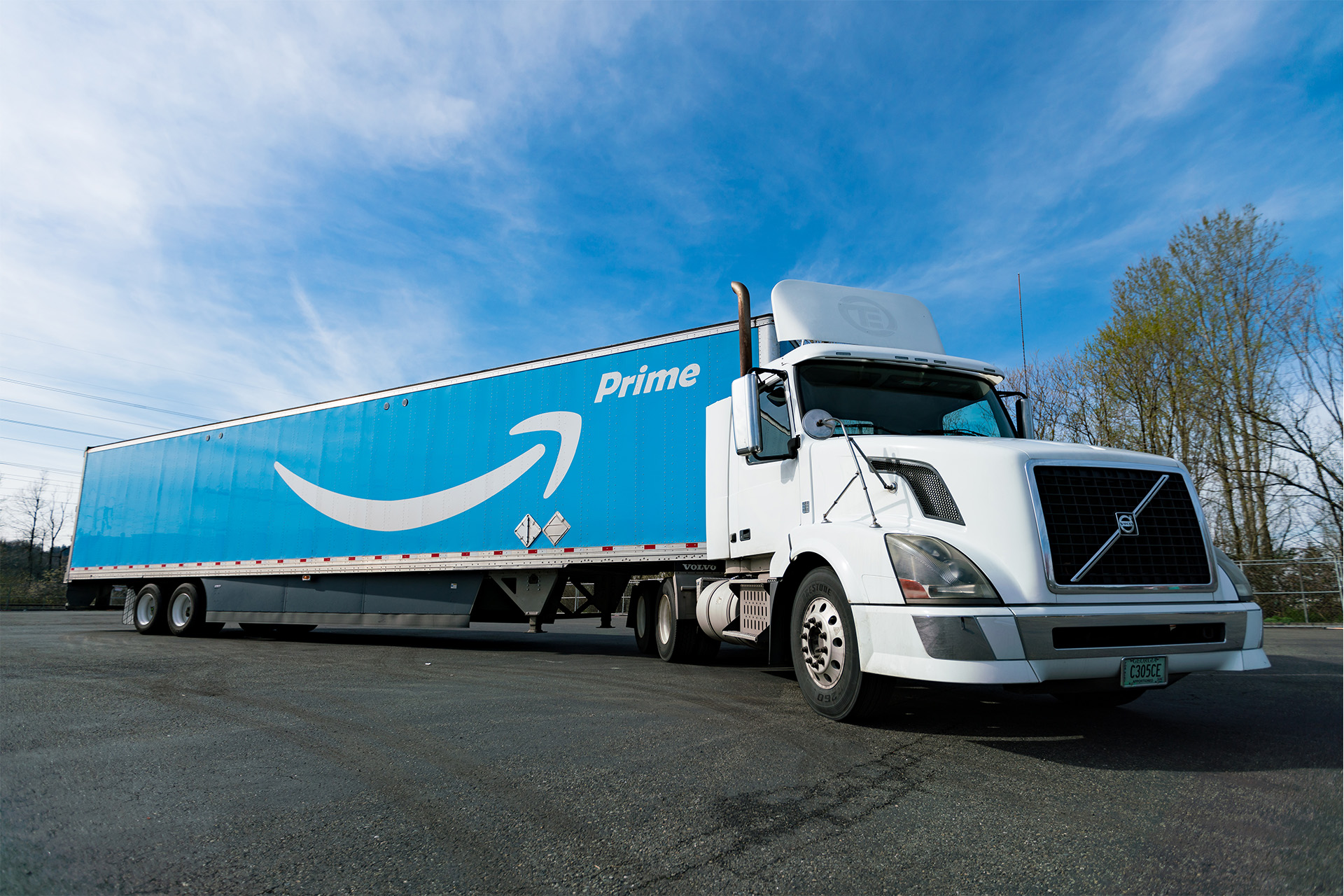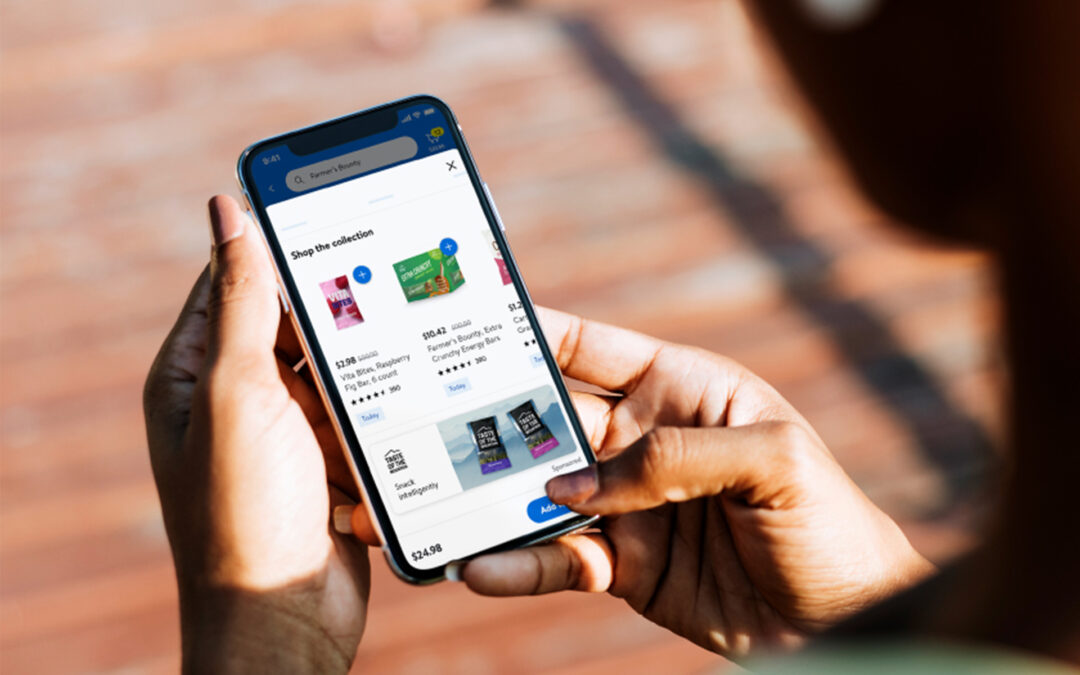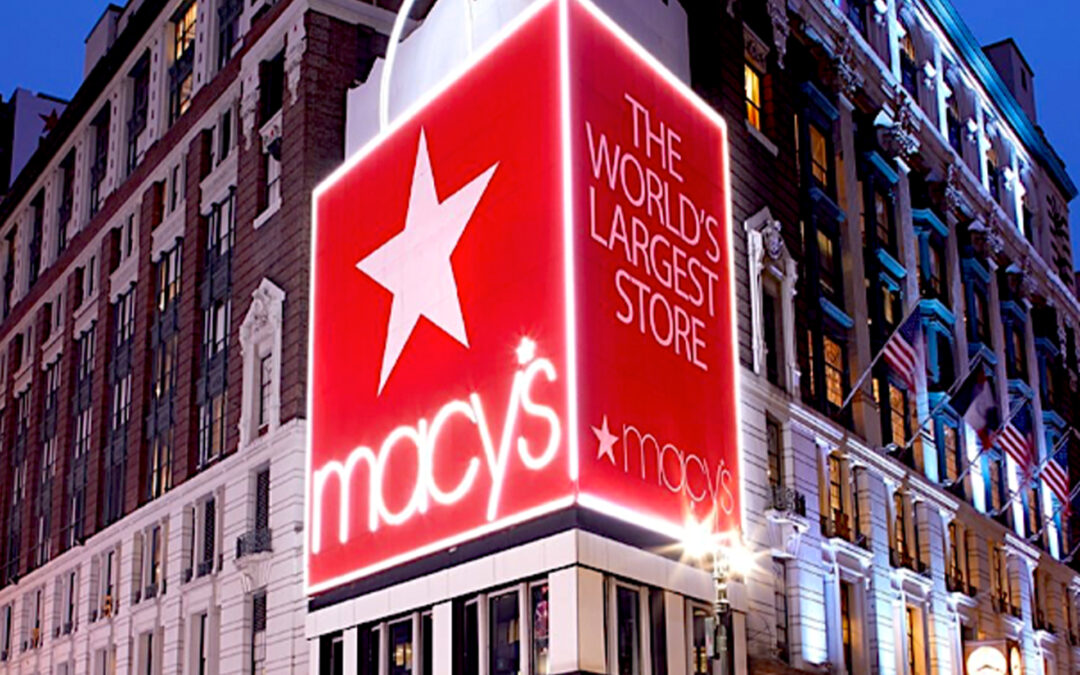This is the seventh installment of an exclusive HomePage News series examining the state of major home and housewares retailers entering the back half of 2021.
New approaches to Amazon’s 1P system of direct distribution to the consumer could begin to strike a greater contrast with its 3P marketplace, particularly as the company asserts more control of the 1P system and continues to push its advertising business among players on its platform.
Not only that, but 2022 may be the year when Amazon makes a major push to take a significantly bigger share of the growing online food business, one where rivals have substantial competitive advantages.
Whatever the case, Amazon will face a retail sector that the COVID-19 pandemic substantially changed. Effects across the United States and other markets where the company operates drove Amazon’s business to new heights, but it also helped rivals advance their operations in ways that will challenge the e-commerce leader.
Prior to the COVID-19 crisis, Amazon already was consolidating its 1P system and encouraging some vendors, particularly those that lacked a strong brand presence and serious marketing resources, to move to the marketplace. When COVID-19 hit, many vendors who didn’t produce the kind of everyday necessities Amazon defined as essential items found they couldn’t refresh inventories on the system.
The situation gave vendors cause to reassess their relationship with the retailer. The disadvantages such vendors suffered were serious, as marketplace sellers had no constraints on inventory, and Prime, a key reason to be on 1P, suffered longer than usual shipping delays, taking away an advantage even when there was still inventory to deliver.
As such, Amazon can continue to grow with lesser associated operational costs, which means it can focus resources on providing faster product delivery times through its 1P and Fulfilled by Amazon operations.
The rapid expansion of the 3P marketplace, however, has been anything but trouble-free. Amazon’s constant push to add new vendors has made it vulnerable to infiltration by parties determined to game the system and push counterfeit, knock off and substandard products, often backed by phony reviews and inaccurate selling materials. Amazon has responded and devoted increasing resources to deal with the bad players on its system.
An Amazon spokesperson told HomePage News it is making progress against bad actors on its platform even as it provides legitimate participant opportunity.
“Selling in Amazon’s store opens a world of opportunity for entrepreneurs. We make it straightforward for entrepreneurs to set up a selling account, and difficult for bad actors,” the spokesperson said.
As Amazon has taken steps to regulate the marketplace, it has continued consolidating its 1P system. Once it established a program to create an affiliated system of outside distribution operations to help it expand FBA and Prime delivery, it has stepped back to focus on ventures it can more closely control. Amazon is extending FBA’s configuration, not altogether rejecting the use of outside resources but asserting effective control from the moment it accepts a product, even if it must go to a vendor to pick it up, until to delivered to the customer. Amazon brings outside partners into its system in the last mile delivery part of the business, but it is doing so in a program where it has thoroughgoing control.
Ups and Downs
Sales in North America advanced to $65.56 billion from $59.37 billion in the 2020 quarter. Operating income slipped from $2.25 billion to $880 million in the period year over year.
Amazon missed a MarketBeat-published earning per diluted share estimate of $8.72 and a sales estimate of $111.66 billion in the most recently completed third quarter. Amazon said that investment in the company made in response to pandemic driven demand and safety considerations as well as associated disruptions to supply chain and raw material inflation had hurt results.
Rohan Thambrahalli, president and founder of UpstartWorks, which partners with manufacturers and importers as a consultant, services provider and liaison with Amazon, said the upcoming holiday season is certainly going to see Amazon gains based on momentum generated through 2020 in the depths of the COVID-19 pandemic and 2021 as coronavirus’s grip slowly lessened, but it will also create significant challenges for the company.
“Every one of the brands we work with saw tremendous growth in Amazon 2020 and continued to see 2021 up,” he said, “I can speak to our business and the amount of revenue my brands do on Amazon up 150-plus percent versus the prior year, and that was up.”

-Rohan Thambrahalli, President & Founder, UpstartWorks
“Now Amazon has to compete with off-line channel brands again, and we have seen off-line channels roaring,” Thambrahalli said.
For many years, Amazon gained against the bricks and mortar sector, but the pandemic threw a new wrinkle into the retail sector. For one thing, it forced adaptation and the growth of pick-up instore, curbside pickup and delivery accomplished by a retailer or through a third-party operator such as Shipt, and Shipt, which made big gains in the pandemic, is owned by Target.
Even some retailers who were determined to minimize their e-commerce commitment — including grocery off-price operators — have changed their tunes. TJX, for instance, has just launched a HomeGoods e-commerce website after putting off such a move for years. But TJX operations were so aligned that the company not only closed stores, but also decided to shut down e-commerce websites tjmaxx.com, marshalls.com, and sierra.com.
These days, TJX is in full fettle, and retailers that added services to address consumers shopping during the pandemic are all pushing hard to build sales and momentum in the holiday season. Indeed, they have added services that Amazon hasn’t offered or developed functions like Amazon’s but designed to one-up the e-commerce leader.
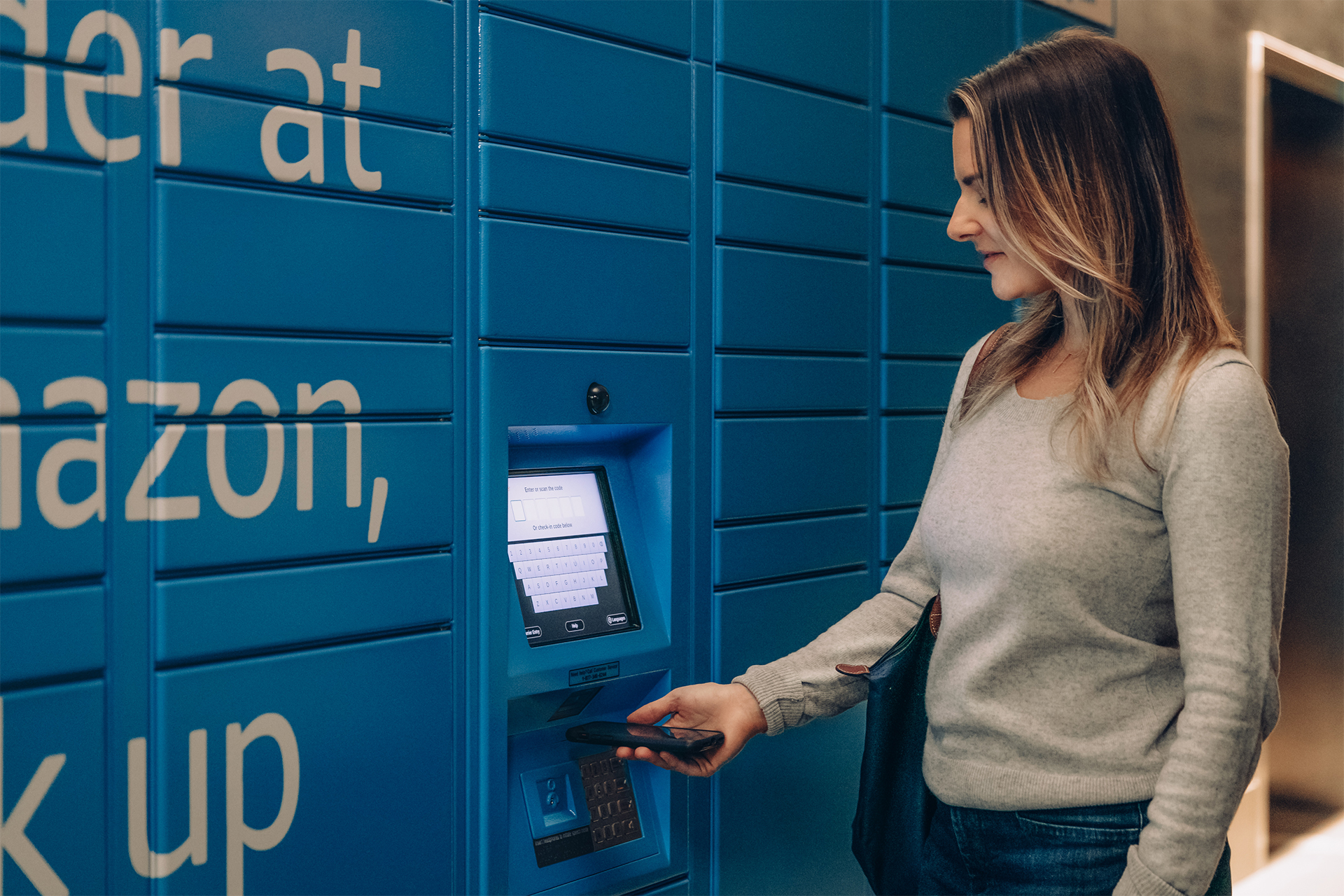
In a Digital Commerce 360 report on Amazon, the market researcher pointed out that, in 2020, 17 retailers had greater proportional growth than Amazon including more specialized retailers such as Wayfair, Bed, Bath & Beyond and Petsmart, both Home Depot and Lowe’s, and general merchandisers including Target, Costco and number two e-commerce operator Walmart, which saw a 63.5% e-commerce gain versus Amazon’s 41.4%.
The numbers should be taken into context. Many of the gains were fueled by COVID-19-related demand based on immediate needs expressed and habits adopted by consumers. They also incorporate the rush retailers of food and domestic needs to develop and expand services of consumers stuck at home because of movement restrictions self-imposed and established by authorities meant to limit exposure to the coronavirus.
Indeed, the biggest gain on the list was made by Albertson’s, up 258%, with Target following at 145% as it accelerated its food and essential e-commerce push supported by its recently acquired Shipt operation.
However, Amazon’s market share dipped slightly in 2020 from 35.2% in the year before to 34.4%. Nothing on the immediate horizon suggests that any company will challenge Amazon’s huge lead in e-commerce based on current conditions, but it does suggest that market conditions and the e-commerce efforts made by competitors, particularly in food, are changing the playing field somewhat to the advantage of Amazon’s rivals.
For example, Walmart surpassed Amazon in digital grocery sales in 2020, according to Digital Commerce 360, reaching $35.6 billion versus $32 billion. The $32 billion itself was a huge leap, though, double sales the year before. Yet, Walmart’s slipping ahead in the race for food sales does make the case that other retailers are leveraging assets, including brick-and-mortar stores, effectively in competing with Amazon.
It’s also worth noting that, according to Digital Commerce 360, online home furnishings sales gained 51.8% in the U.S. throughout 2020 versus 2019, while brick-and-mortar store sales, reflecting coronavirus-related closures, slipped 8.8%. The online share of total U.S. home goods purchases shot up to 35.3% in 2020 from 24.7% a year prior. Amazon’s home goods sales increased 47.9%, yet that gained lagged some of its biggest competitors, and the company’s share of online sales in the category slipped to 25.7% in 2020 from 26.4% in 2019.

“Amazon has a continued dominance,” he says. “But I think Walmart and Target and some other retailers continue to innovate. Walmart does a good job. Target has a great app and continues to keep growing. But Amazon just keeps growing. The other guys have been forced to grow up.”
The reality now is somewhat different, even if Amazon retains obvious advantages of size, structure and knowledge.
As e-commerce and retail, in general, have been evolving, Amazon has been reconfiguring its 1P and Fulfilled by Amazon functions, creating capabilities that it can more closely control. Amazon once looked to outside parties to certify as Prime distribution centers, but it ended that initiative. Now, it has established a new process so that it can use vendor inventory points in part to ensure that they aren’t loading its 1P system with more merchandise than is needed based on sales flow, Thambrahalli said.
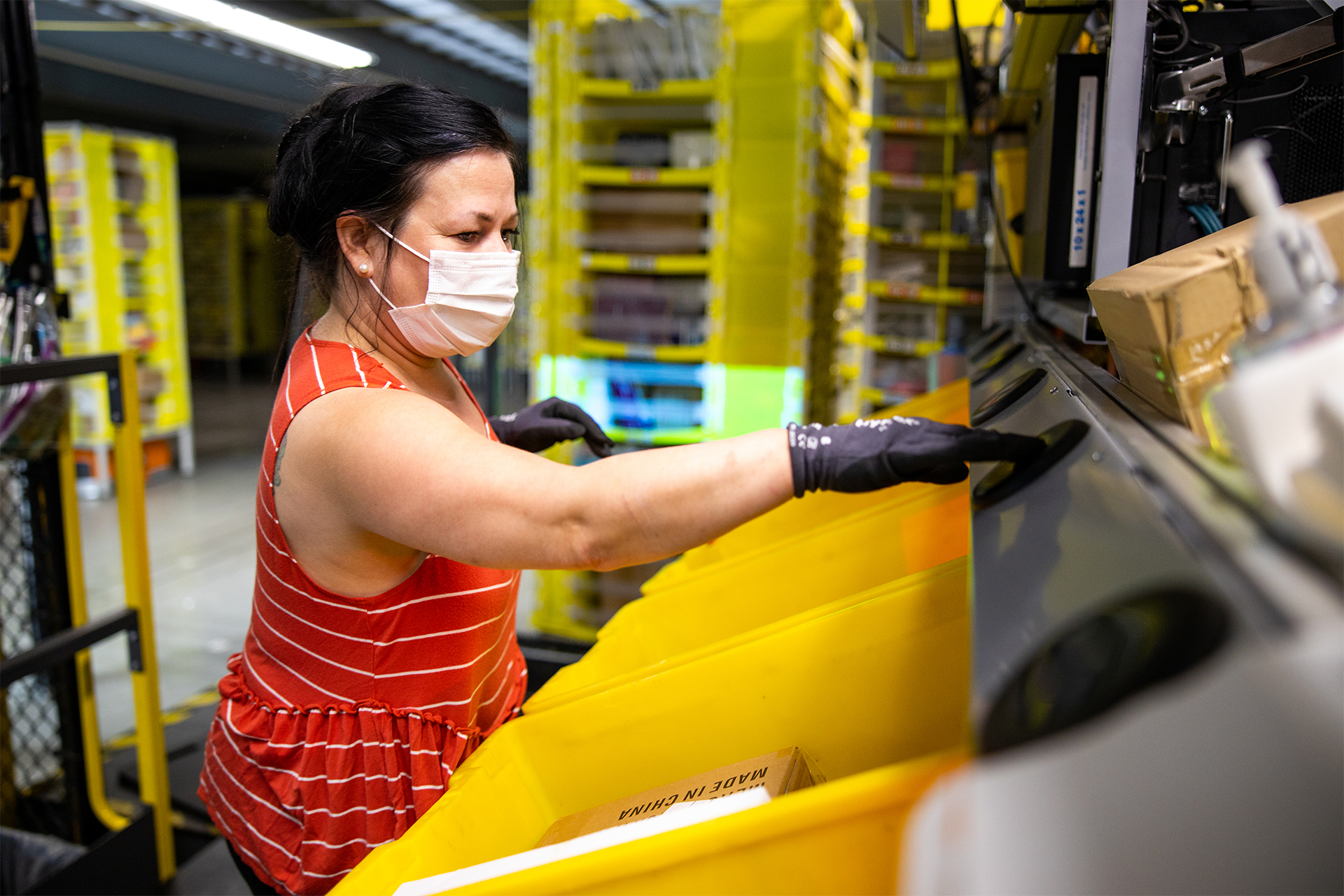
This all follows the Amazon initiative to move smaller vendors with fewer resources out of the 1P and into the 3P system. In focusing on bigger players with greater resources and gaining more control over the 1P and Fulfilled by Amazon systems, the company can augment that part of the business with which consumers most identify it, the one it is always working to expand, Prime, through an aspect of the business it is always trying to diminish, the time between order and delivery.
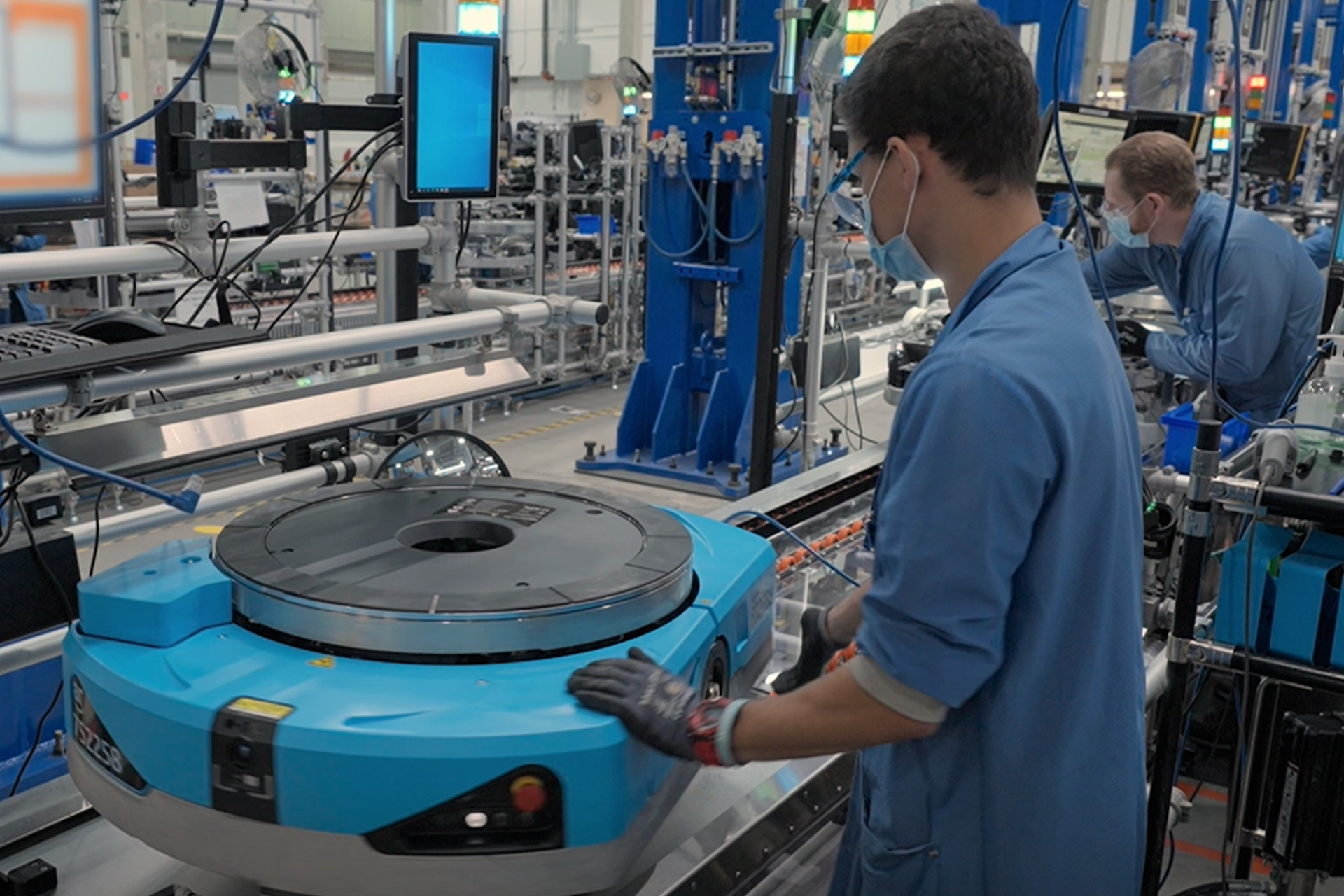
“Otherwise, it’s easier for Amazon to take the marketplace percentage,” he said.
Amazon has another reason to push the development of the 1P system. Although the marketplace has traditionally been more profitable, as Amazon has little direct cost, 1P players now are contributing more to the company’s profits via its increasingly necessary advertising function. Advertising is a package with Amazon and gives back more than attention in that it generates data that can make an advertiser’s marketing more effective and potentially cost-efficient.
Citing Amazon numbers, Digital Commerce 360, in its report, indicated that Amazon advertising revenue had increased to $21.45 billion in 2020 and represented 5.6% of total revenue versus $14.09 billion and 5% in the year before. In 2015, advertising revenue was $1.71 billion and 1.6% of revenue.
Digital Commerce 360 estimated that advertising contributed $11 billion to Amazon’s net income in 2020 and that it and AWS generated almost all the company’s net income of $22.9 billion for the year. Reinvestment takes up much of Amazon’s margin from the retail business, Digital Commerce 360 maintained, and that drives growth. Still, Amazon actions and the numbers it has been generating, after many years of growing without showing a profit, do suggest that the company wants to drive retail profits and is doing so through advertising.
Connor Folley, vice president of Jungle Scout, and former CEO of Amazon advertising analytics platform Downstream Impact, acquired by Jungle Scout in 2021, said advertising is a necessity for success on the Amazon platform today. He added the money spent isn’t out of line with retail’s traditional cost of access.
“If you think of it in terms of traditional retail brands, you have always had to pay for slotting allowances and fees like that to get on the shelf,” Folley said. “This is the digital shelf. Now you are going to have to get involved in advertising, especially if you are going to compete with Proctor & Gamble and other big advertisers. And there are other ways to market on Amazon. If you have product consumers love, you’ll want to get in front of eyeballs. Advertising is not really optional.”

-Connor Folley, Vice President, Jungle Scout
In many ways, Folley said, all the initiatives and activities that emerge from Amazon can obscure a specific factor behind most of its thinking, the centrality of customer experience. Even as it launches new business functions in the normal course of maintaining operations and making money, Amazon perceives that whatever it is doing will improve the customer experience.
Sometimes, that can be rough on vendors, especially when Amazon makes sudden decisions, as when it closed off inventory replenishment of non-essential products at the beginning of the pandemic. In that case, many housewares and home furnishing vendors in the 1P system found themselves in a bind as consumers began to purchase more domestic items and suppliers began to run out. In contrast, 3P sellers had a field day as they had their own inventory and fulfillment capacities running uninterrupted.
Folley says that Amazon’s moves to assert more control over the 1P system are likely based on a decision that it will increase customer satisfaction. Part of that satisfaction equation is, as usually the case with Amazon, speeding up fulfillment. However, greater control means it can analyze and respond to trends in its network more effectively while monitoring consumer feedback to keep things moving in the right direction.
The expansion of its logistical capacity also gives Amazon more control over the customer experience, and its dramatic expansion not only of fulfillment centers but local distribution points and air hubs, which attest to its focus on controlling the movement of goods to the ultimate customer.
“Amazon recognizes vertical integration is the best expression of its customer experience,” Jungle Scout’s Folley said. He added Amazon vendors and sellers should look at Amazon logistical efforts as a positive for their own businesses to the extent they are integrated into the system because it will help them make customers happier.
Working with Amazon comes with significant challenges as the company has been and continues changing how its platform operates. The market conditions that have come into play make things more complicated given that Amazon can be exacting about its conditions.
“In today’s environment, vendors and suppliers alike have to deal with supply chain challenges,” Thambrahalli said. “I talked to one of our companies’ CEOs in the toy and sports business, and he mentioned to me that Amazon had become his biggest customer across their retail business. Even with that being the case, they have been dealing with backorders for almost a year. With all of that being said, I think these brands are going to be making some financial decisions soon. The retailers all want more traffic and are willing to listen to these brands. But we know plastic is up 20% to 30%. Others are willing to work with you on price, but with Amazon, there’s no such discussion.”
As such, an important part of Thambrahalli’s business is helping clients position themselves to cope with the demands and uncertainties of working on the Amazon platform.
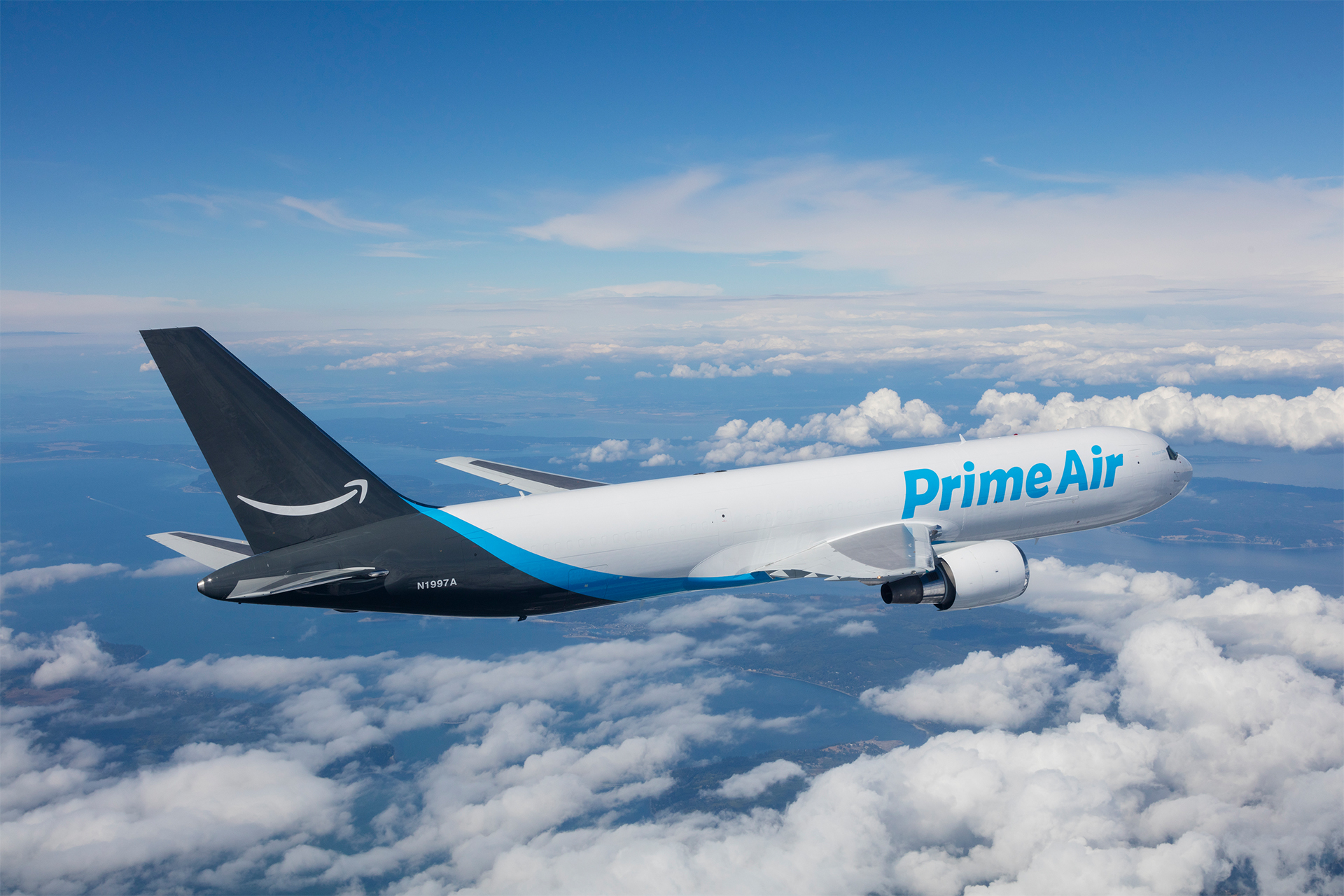
Sellers on Amazon’s 1P market must weigh the costs involved in meeting the terms set versus the redirecting operations through other vehicles, whether other e-tailers, rival marketplaces or direct to consumer. Supply chain and cost issues put more pressure on the relationship between vendors and Amazon, and Thambrahalli says that replenishment and out-of-stock issues are rising.
Folley said Jeff Bezos might well tell vendors that diversifying makes sense in giving them options into how they can operate their businesses to best effect.
“If you’re an Amazon vendor, you should look at diversifying, of course, but considering shutting off Amazon… of course not. Getting on Amazon, it’s been a life-changing event for people. Vendors probably are looking a lot harder at opportunities to operate elsewhere. With Walmart marketplace and other marketplaces springing up globally there are expanding opportunities to do so.”
“The 3P marketplace business is booming,” Thambrahalli says, “but that comes with its own challenges. The explosive growth, multiple sources contend, has been generated in part by Chinese factories that keep pumping product into the 3P system, and some of it isn’t what is wanted by Amazon or consumers.”
Although the return on investment can be great when working with Amazon, the position comes with significant challenges as the company continues to change how its platform operates over time. Furthermore, recent market conditions that have come into play make things more complicated. Companies involved with Amazon get strict parameters to follow, which can be a challenge for any business to grapple with in this constantly changing online landscape.
“Look at the air filtration category,” Thambrahalli said. “A site launches a product and five days later they have 5,000 reviews. They’ve tasted blood. They’re coming for my clients and using all the dirty tricks to get ahead of the game.”
The confluence of several factors makes Amazon vulnerable to attacks from Chinese businesses that are using the country’s manufacturing base and U.S. retailers, including but certainly not limited to Amazon, to take advantage of American consumers. Amazon continues to add vendors and 3P sellers, and it is aggressively growing the more profitable marketplace part of the business. As such, less scrupulous players have cover to slip in. At the same time, Chinese sellers, legitimate or not, can immediately respond to temporary market conditions because they are at manufacturing ground zero and so can flood the market with inexpensive goods of varying ranges of quality, undermining sales and marketing plans of established better-quality producers.
“Majority of the Chinese sellers are more than two steps removed from the factories that they own,” Thambrahalli says. “They control the flow of inventory. Few U.S. companies and brands can move as quickly as these Chinese sellers.”
Amazon has a big stake in keeping its system clean. Keeping up with bad operators, though, is a race that’s difficult to win.

“We use industry-leading tools to verify potential sellers’ identities and our proprietary systems analyze hundreds of unique data points to verify information provided by those potential sellers,” the Amazon spokesperson said. “As a result, fewer than 0.01% of all products sold on Amazon received a counterfeit complaint from customers but we won’t rest until we have zero counterfeits in our store. Customers are always protected by our A-to-z Guarantee. If a product doesn’t arrive or isn’t as advertised, customers can contact our customer support team for a full refund of their order.”
In addition to enhancing security programs, Amazon has used third-party partners to help it control what enters its platforms. A generation of consultants that originally helped companies get on Amazon and deal with the particulars of effective sales have morphed into service operations that help clients with everything from inventory to identifying reliable factories in Asia that can help them expand manufacturing. They will even work with Amazon directly to find good overseas candidates for its system. Now, a new class of companies is emerging that is partnering with and acquiring emerging brands, allowing Amazon to onboard new merchandise that it knows is coming from a legitimate source.
Thambrahalli said, “This new breed of distributor/producer is good for Amazon. It can onboard new products from sources that have a strong interest in keeping the relationship and the goods produced at a high standard. It’s even good for the entrepreneurs that develop the products as they get expert help in scaling and distribution, then eventually get bought out on terms that represent ‘life-changing’ compensation,” he said.
-Rohan Thambrahalli, CEO, UpstartWorks
At its recent Accelerate conference for marketplace vendors, Amazon presented recently launched initiatives to its 3P partners designed to make their businesses more effective and, through programs such as Brand Registry, enhance platform security and product legitimacy. Amazon recognizes that helping the kind of marketplace participants that attend events, even virtual events such as this year’s Accelerate, can enhance the security of its platforms by giving participants an advantage over the fly-by-night bad buys.
A lot of the programs are designed to give Amazon a lift, too. Among recently developed programs, Amazon is touting its referral bonus. When a seller gets an order through non-Amazon advertising and pushes it through to be transacted through its Amazon-based operation, that seller gets a referral bonus, which varies by terms but generally and approximately erases the regular commission that Amazon charges for the transaction. So, the seller gets a higher return and continues to get it on any transaction the initial purchaser makes for two weeks following.
Among the new programs for sellers, Search Analytics Dashboard gives 3P operators that have signed on to Brand Registry insights from the search performance of their products. The company related that it had designed the new dashboard to enhance the existing Amazon Brand Analytics suite of aggregated data reports, the company stated.
The larger dashboard consists of two functions, Amazon pointed out: The Catalog dashboard helps brands understand their sales funnel at the product level and readily identify conversion issues or drop-off points where they lose customer attention. The Query Performance dashboard enables better targeting of keywords sellers use in their marketing campaigns and aids in identifying opportunities to expand product portfolios based on customer interest.
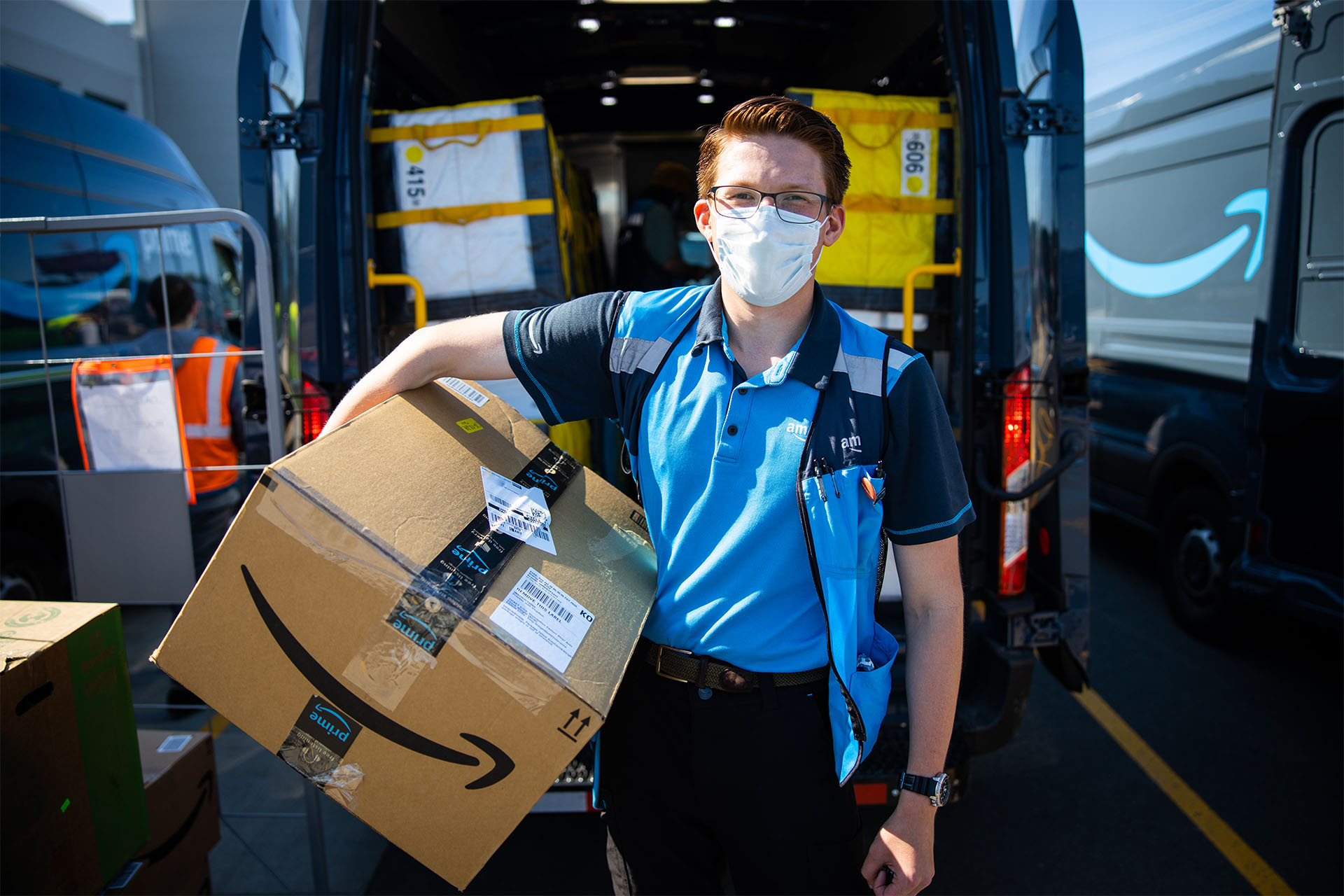
Amazon asserted during the Accelerate conference that sellers have added 100,000 brands to Amazon’s store in the United States so far this year, with sales by brands up 60% year over year for the 12-month period ended June 30.
As noted, food is an area of Amazon interest where it does not clearly dominate the market, and one where it has invested significant resources, including the purchase of Whole Foods Market, without establishing clear leadership in the digital sphere. The departure of co-founder John Mackey from Whole Foods at this juncture might just be coincidental, but it also might signal that a change is afoot and one that might occur across the Amazon edibles operation.
Mara Devitt, a senior partner at consultancy McMillan Doolittle, said that Amazon is likely to make a big push in food having put so many resources in place. The initiatives Amazon has put into place give it the ability to grow any facet of its food operation rapidly, and Davitt said she is impressed with one specifically: Amazon Fresh. The online service has been adding physical stores, reaching 19 locations as listed on its website with most in California, Illinois and Washington. The Amazon Fresh stores are a potential basis for significant Amazon food expansion as a physical presence and delivery distribution point.
“At Amazon Fresh, both the in-store and online experiences are far from best in class,” Devitt said, “but I just would never underestimate Amazon’s ability to build on what it’s learned. Observing the rollout of Fresh, it is interesting to see how quickly it’s improved over the past two years in terms of quality of both the experience and the products. Across the board, it gets better every month. In-store, they leverage the Smart Cart and digital tools that make it so easy to shop. On-line they are improving the web experience by providing better-personalized recommendations, information on delivery options/timing at the start of the shopping journey and better information on deals.”
-Mara Devitt, Senior Partner, McMillan Doolittle
“I expect that they will continue to evolve the in-store model,” she said. “On my recent visits to my local Fresh store, there have been more Amazon employees filling orders than shoppers. While the store is a nice environment and has electronic shelf labels and technology to help the Amazon Fresh team, it is not as efficient as a micro fulfillment center or other designs that are optimized for picking delivery and pickup orders. The new Seattle store with fully ‘just walk out,’ technology has no pickers in the store, is smaller and more optimized for the shopper rather than order fulfillment.”
Evidence suggests that the Fresh physical store format could be a significant asset in any edibles expansion Amazon undertakes.
Traffic-tracking market researcher Placer.ai did a study on Amazon Fresh recently taking a deep dive into how consumers were shopping the eight brick-and-mortar locations that opened on or before February 2021. The Woodland Hills, Irvine and Northridge, CA and Naperville, IL locations all opened in late 2020. The Whittier, CA and Los Angeles locations opened in January 2021, and the Fullerton, CA, and Oak Lawn, IL. locations opened in February 2021.
A Placer baseline change visit analysis monthly foot traffic has stabilized at most of the Amazon Fresh stores. The relative steadiness in visits shows that a core group of customers have added an Amazon Fresh trip to their regular grocery routine, Placer observed, indicating the format has successfully integrated into the neighborhoods it entered as far as the mix of grocery shopping conducted is concerned. When it looked at cross-shopping patterns, Placer determined that some customers shop at both Amazon Fresh and higher-end grocery stores including Trader Joe’s and Whole Foods. But the evidence suggests that Amazon Fresh’s biggest competitors have been bigger, low-priced grocery stores including Ralphs in California or Jewel-Osco in Illinois. Placer concluded the cross-shopper patterns signify that Amazon Fresh has the unique potential to be the core of Amazon’s future grocery push.

